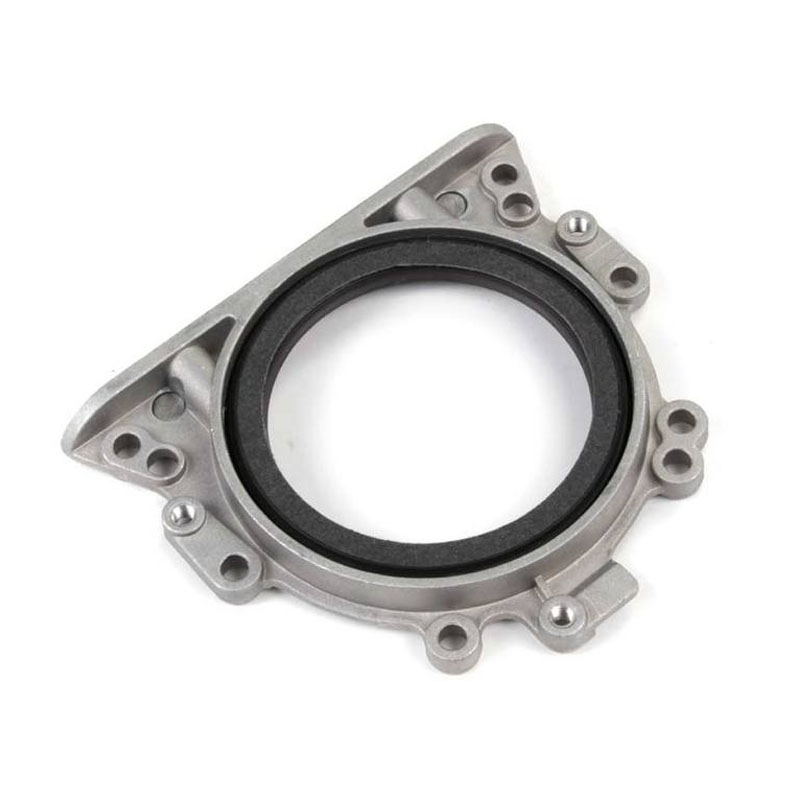stern tube seal
Understanding Stern Tube Seals A Vital Component in Marine Engineering
In the world of maritime engineering, the stern tube seal plays a critical role in ensuring the safe and efficient operation of vessels. This seemingly small yet essential component serves as a barrier between the ship's hull and the underwater propeller shaft, preventing water ingress and protecting machinery from damage. Given its importance, understanding the functionality and maintenance of stern tube seals is crucial for ship operators and marine engineers alike.
Functionality of Stern Tube Seals
The primary function of a stern tube seal is to provide a watertight barrier around the propeller shaft where it exits the ship's hull. As vessels operate, the propeller shaft rotates at high speeds, generating significant pressure and movement in the surrounding water. A well-designed stern tube seal not only prevents water from entering the ship but also accommodates the shaft's rotation, ensuring smooth propulsion and maneuverability.
Stern tube seals can be classified into two main categories lip seals and mechanical seals. Lip seals typically consist of elastomeric materials that create a tight fit around the shaft, while mechanical seals employ secondary sealing mechanisms, such as springs and sliding surfaces, to enhance durability and performance under varying pressure conditions.
Importance of Reliable Sealing
The significance of a reliable stern tube seal cannot be overstated. A compromised seal can lead to water ingress, resulting in potentially catastrophic consequences. Water entering the stern tube can cause corrosion, electrical failures in machinery, and even sinking in extreme cases. Furthermore, excessive water ingress can compromise ballast systems and negatively affect the ship’s stability.
Additionally, stern tube seals play a role in reducing friction between the propeller shaft and the water. Ideally, seals should minimize wear on the shaft surfaces, extending the life of both the seal and the shaft itself. This is why the materials used in stern tube seals are critical; they need to withstand harsh marine environments and can be designed with specific lubricants to enhance their longevity.
stern tube seal

Maintenance and Monitoring
To ensure optimal performance, regular maintenance and monitoring of stern tube seals are essential. Ship operators should conduct periodic inspections, especially in dry docking conditions, to check for wear, damage, or leakage. Factors such as the age of the seal, operational conditions, and maintenance history can all influence the inspection frequency.
The most common indicators of stern tube seal failure include changes in water levels within the ship, unusual vibrations in the machinery, and excess noise from the propeller system. Any of these signs warrant immediate attention to prevent severe damage or accidents.
Innovations in Stern Tube Seals
With advancements in technology, there have been significant innovations in the design and materials used for stern tube seals. Modern seals may incorporate advanced polymers and composite materials resistant to mechanical wear and chemical degradation. Furthermore, some new designs promote environmental sustainability by reducing the need for lubricants that could pollute marine ecosystems.
Smart technologies have also begun to play a role in stern tube seal monitoring. Sensors can be integrated into the seal assemblies to provide real-time data on pressure, temperature, and seawater intrusion, enabling proactive maintenance strategies. These innovations not only improve safety but also enhance the overall efficiency of vessel operations.
Conclusion
In conclusion, the stern tube seal is a vital component in marine engineering that deserves careful attention from ship operators and engineers. Its main functions of preventing water ingress, reducing friction, and protecting vital machinery underline its importance in the overall health of a vessel. As technology continues to evolve, the future of stern tube seals looks promising, with innovations aimed at increasing reliability, durability, and environmental compatibility. Ultimately, a keen understanding of stern tube seals and their maintenance can lead to safer and more efficient maritime operations.
-
Understanding the Front Main Engine Seal: Purpose, Maintenance, and Installation
News Jul.29,2025
-
Understanding O-Rings and Seal Rings: Types, Applications, and Custom Solutions
News Jul.29,2025
-
Understanding Crankshaft Oil Seals: Rear Seals, Pulley Seals, and Their Role in Engine Integrity
News Jul.29,2025
-
The Importance of Front and Rear Crankshaft Seals in Engine Performance and Oil Management
News Jul.29,2025
-
Crank Oil Seals: Functions, Types, and Cost Considerations in Engine Maintenance
News Jul.29,2025
-
A Comprehensive Guide to O-Rings and Seals: Types, Materials, and Global Applications
News Jul.29,2025
-
Mastering Diesel and Performance Engine Maintenance: A Guide to Critical Oil Gaskets
News Jul.28,2025
Products categories















